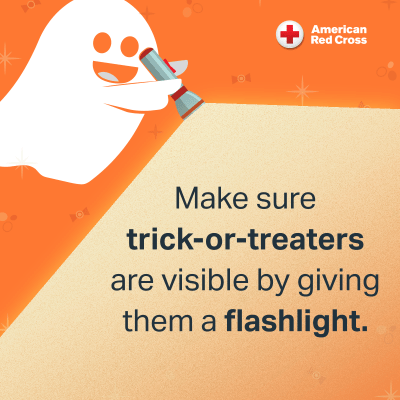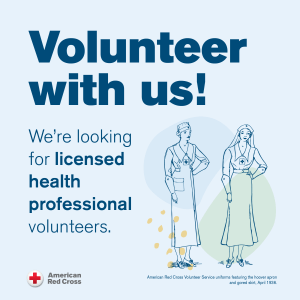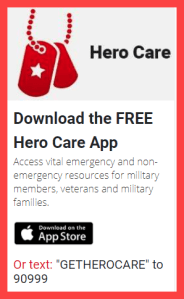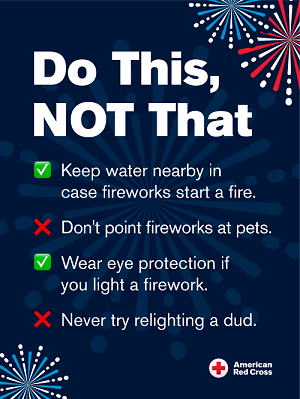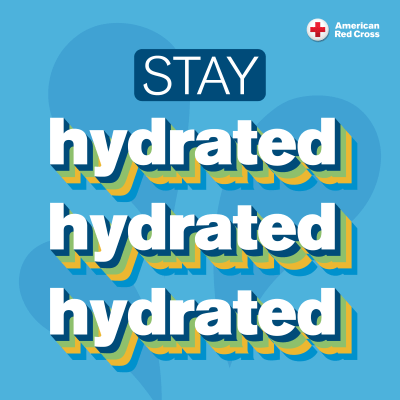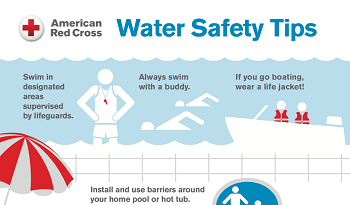By Sam Pudelski, American Red Cross volunteer
It’s Halloween season here in Northern Ohio, and while kids are prepping to get tons of treats, adults should also prepare to make the evening a safe and fun event. Here are 10 things to keep in mind when trick-or-treating this holiday.
- Make sure trick-or-treaters can see and be seen. Use face makeup instead of masks, which can make it hard to see when wearing them. Make sure trick-or-treaters can be seen be using a flashlight to light their way, adding reflective tape to costumes and trick-or-treat bags and wearing light-colored clothing.
- Use costumes that are flame-resistant.
- Never let children trick-or-treat alone. A parent or responsible adult should accompany young children door-to-door. Make sure adults know where kids are going and do not get too far ahead.
- Be cautious around animals, especially dogs.
- Walk, don’t run from door to door. Avoid walking in the street and stick to sidewalks. If no sidewalk is available, walk at the edge of the roadway, facing traffic. When crossing the street, stop and look both ways. Don’t cross between parked cars. If trick-or-treating in a city, do not take alleyways.
- If you are driving, use extra caution. Kids may forget to look both ways before crossing amongst all of the excitement.
- Only visit homes that have a porch light on. Accept treats at the door and never go inside a home. Before eating goodies, make sure adults check all of them, removing loose candy, open packages and any choking hazards. Throw away any items with brand names you are not familiar with.
If you are handing out goodies at your home for trick-or-treaters:
- Light the area well so visitors can see where they are walking.
- Clear obstacles someone can trip over. Sweep leaves from steps and sidewalks.
- Use caution when carving pumpkins. Adults should do the carving, and young kids should draw the face on the pumpkins instead of doing the carving. Do not use a candle to light a pumpkin. Opt for a flashlight or glowstick instead.
With these tips, we hope you all have a safe and fun Halloween! For more tips on first aid, weather alerts and more, download our American Red Cross apps by searching for the Red Cross in your app store or visiting redcross.org/apps.







